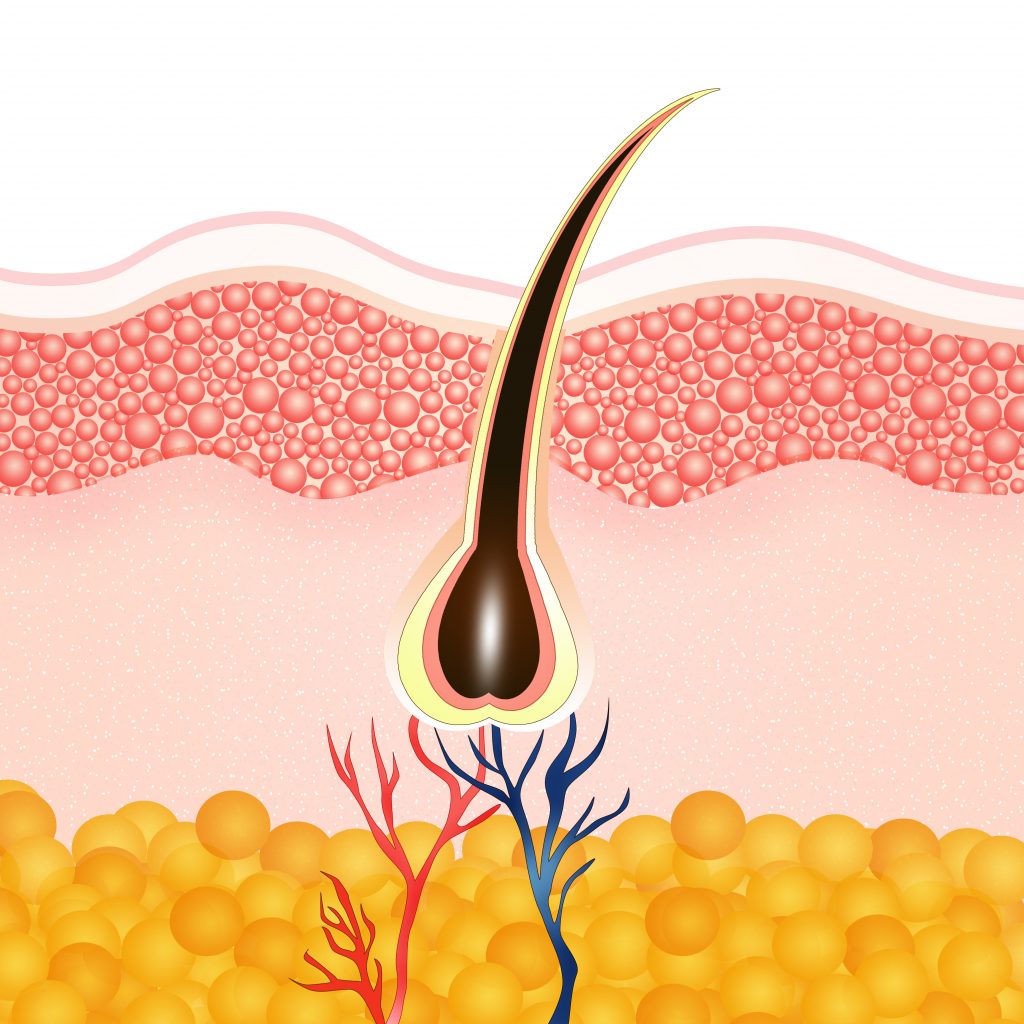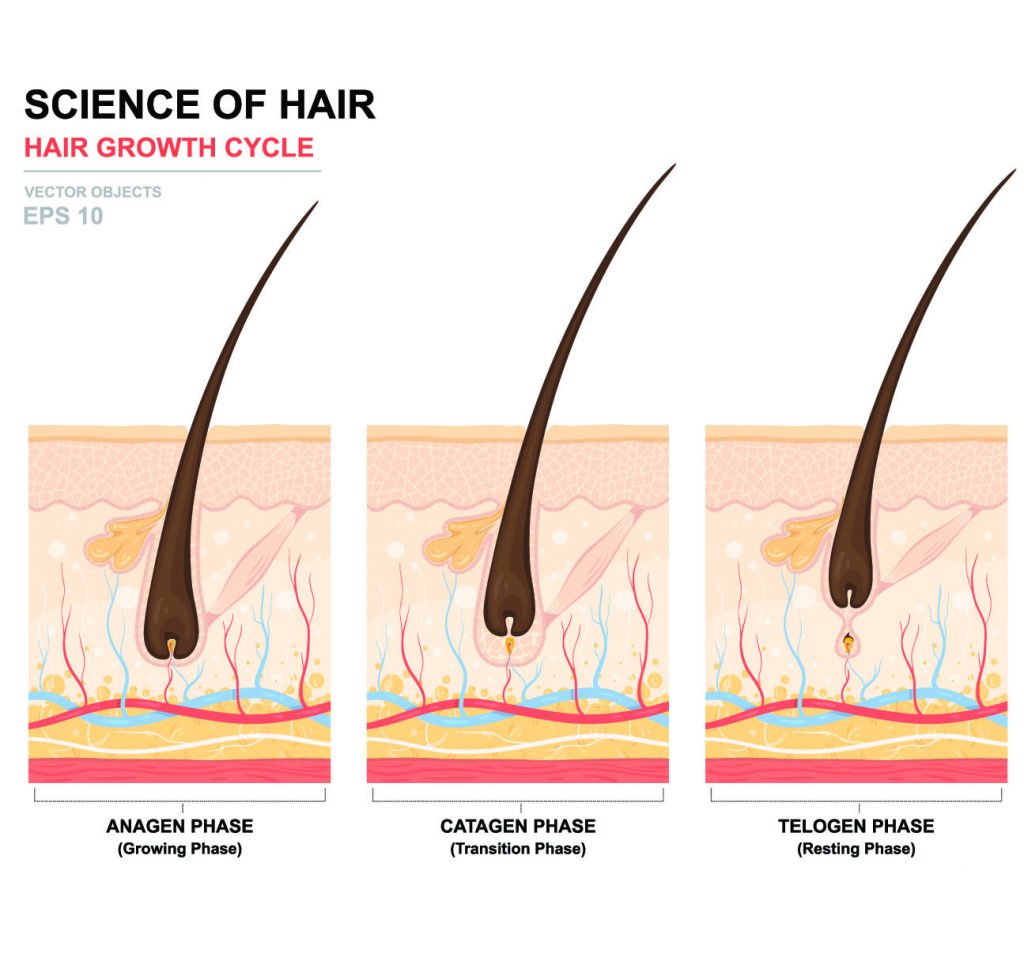Hair serves many purposes in our day to day life. It guards our scalp against the sun; it defends our nose and ears by trapping dust particles that contain harmful allergens and microbes; it even stops sweat and other particles from bothering our eyes.
In terms of sensory function, hair is significantly more sensitive to air movement and surrounding environmental disturbances than skin. For example, when we’re cold or perceive potential danger, our hair stands up to trap a layer of air and add insulation; this is what gives the appearance of goosebumps.
From protection and sensory input to temperature regulation and self-expression, hair plays a significant biological, social and emotional role in our lives. But how much do we know about its anatomy?




